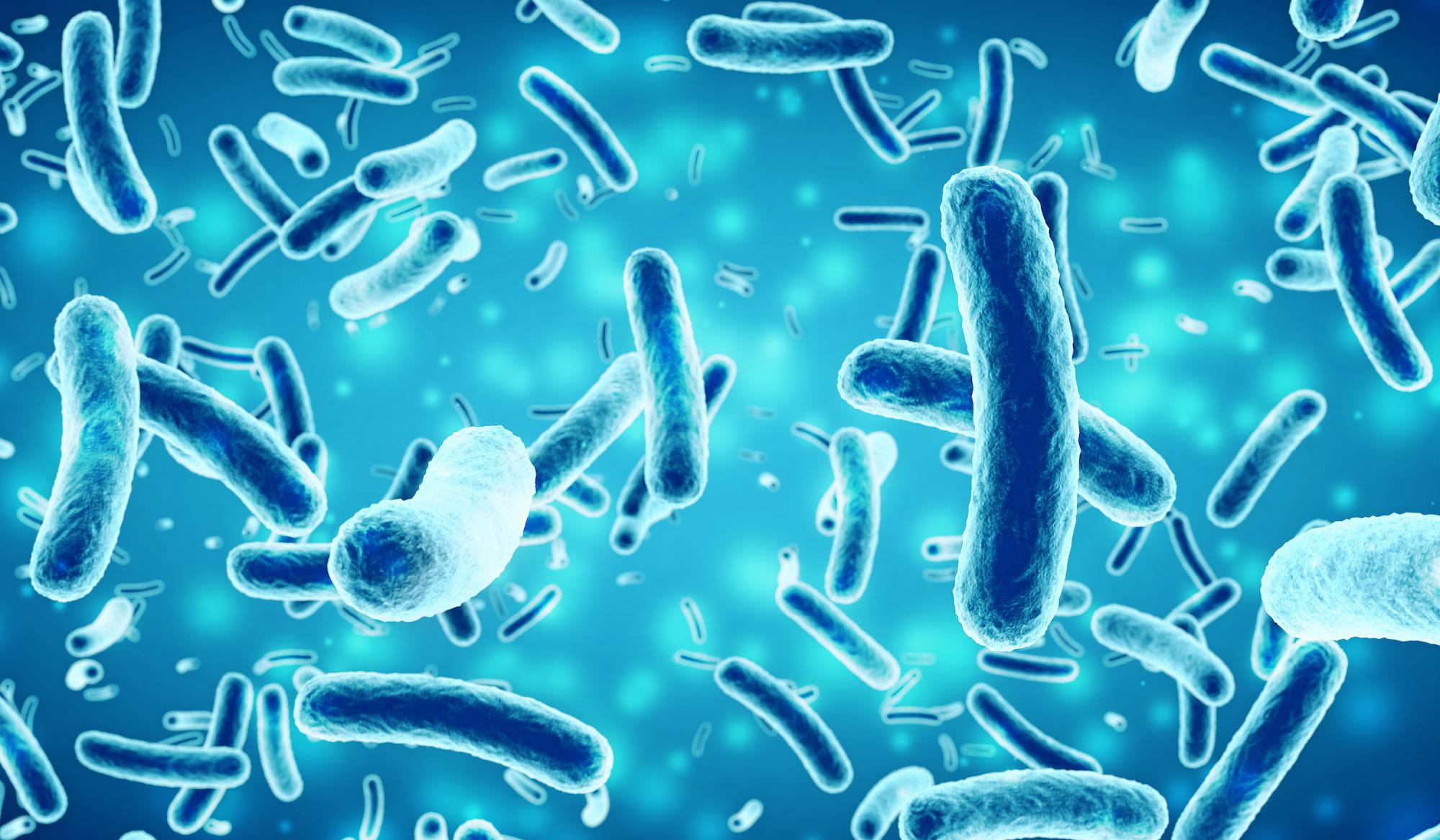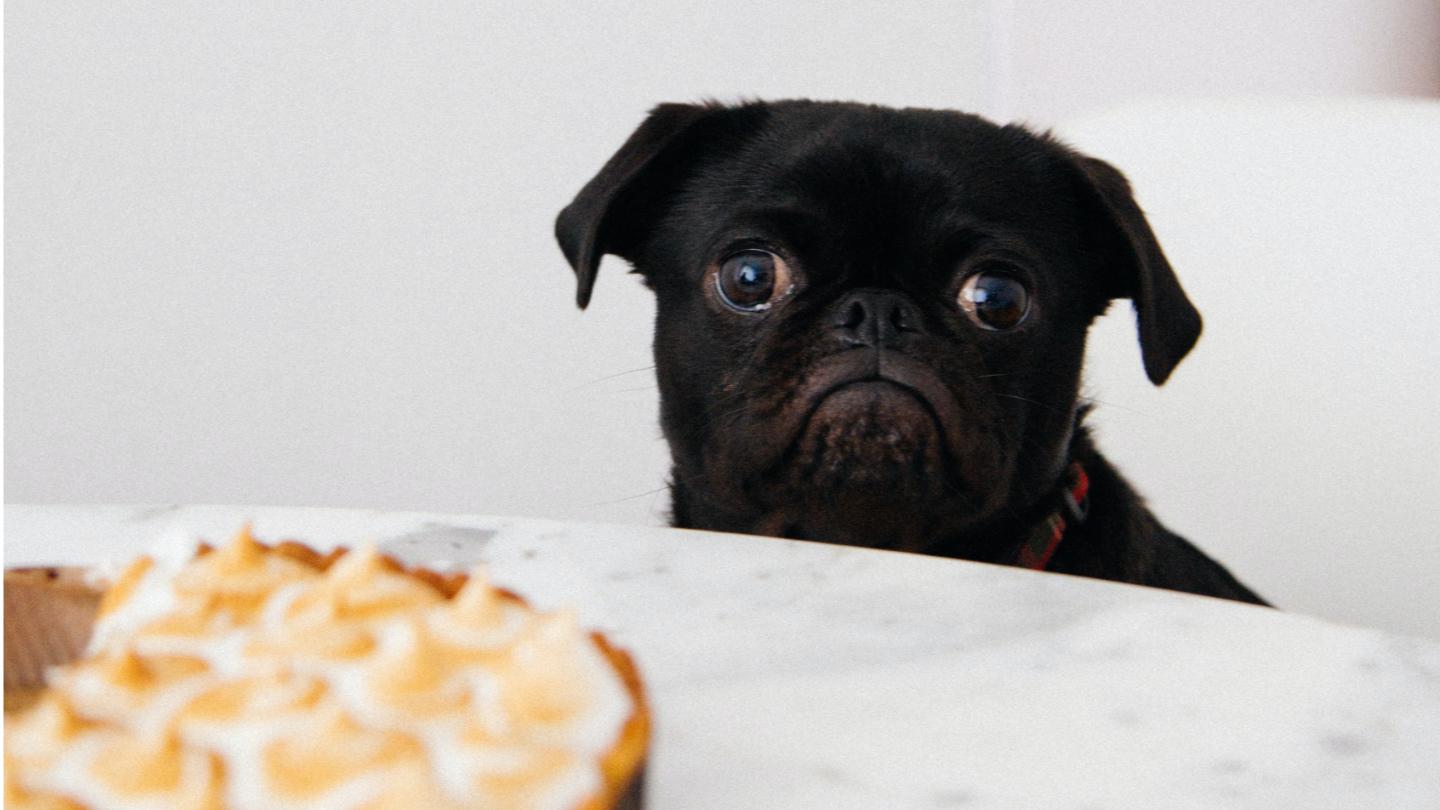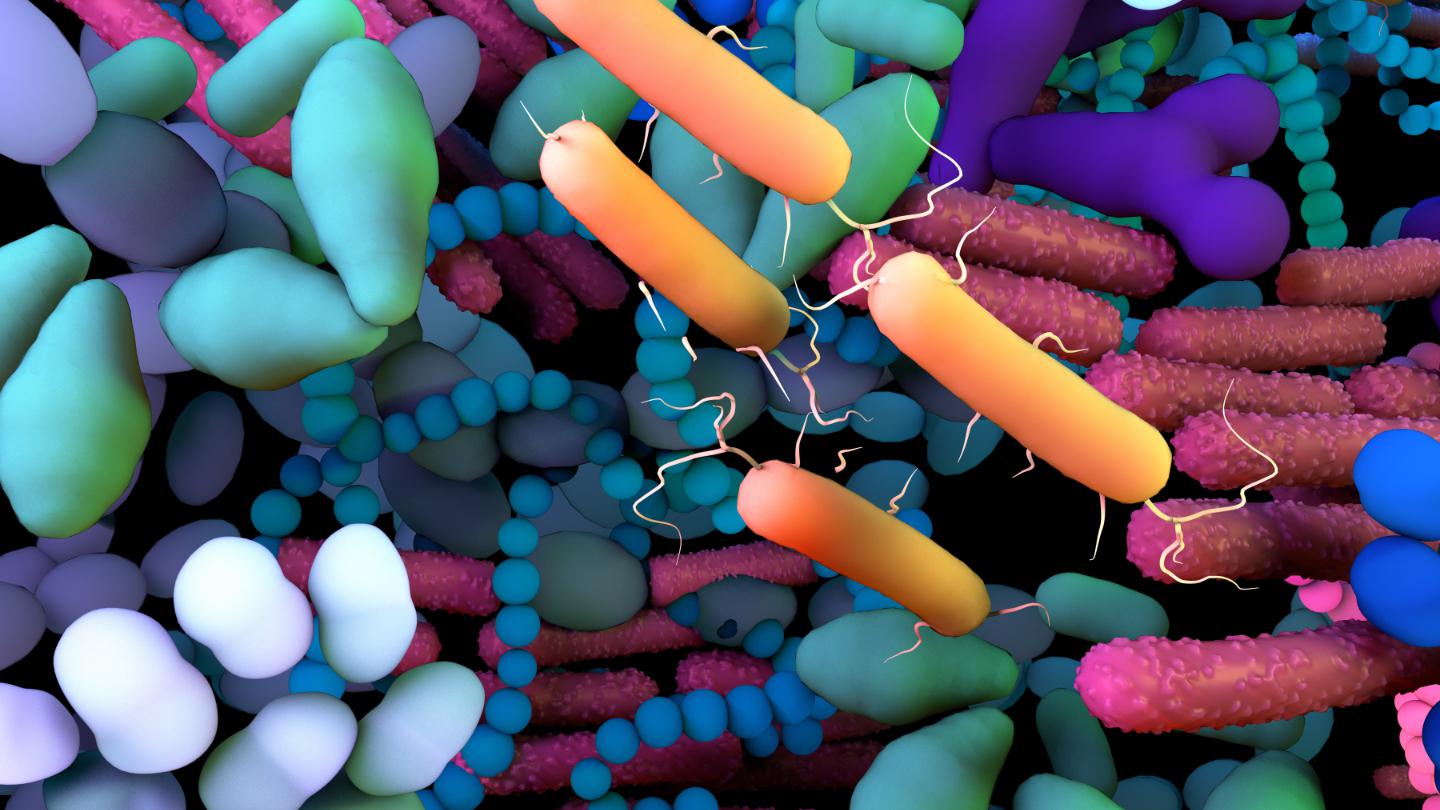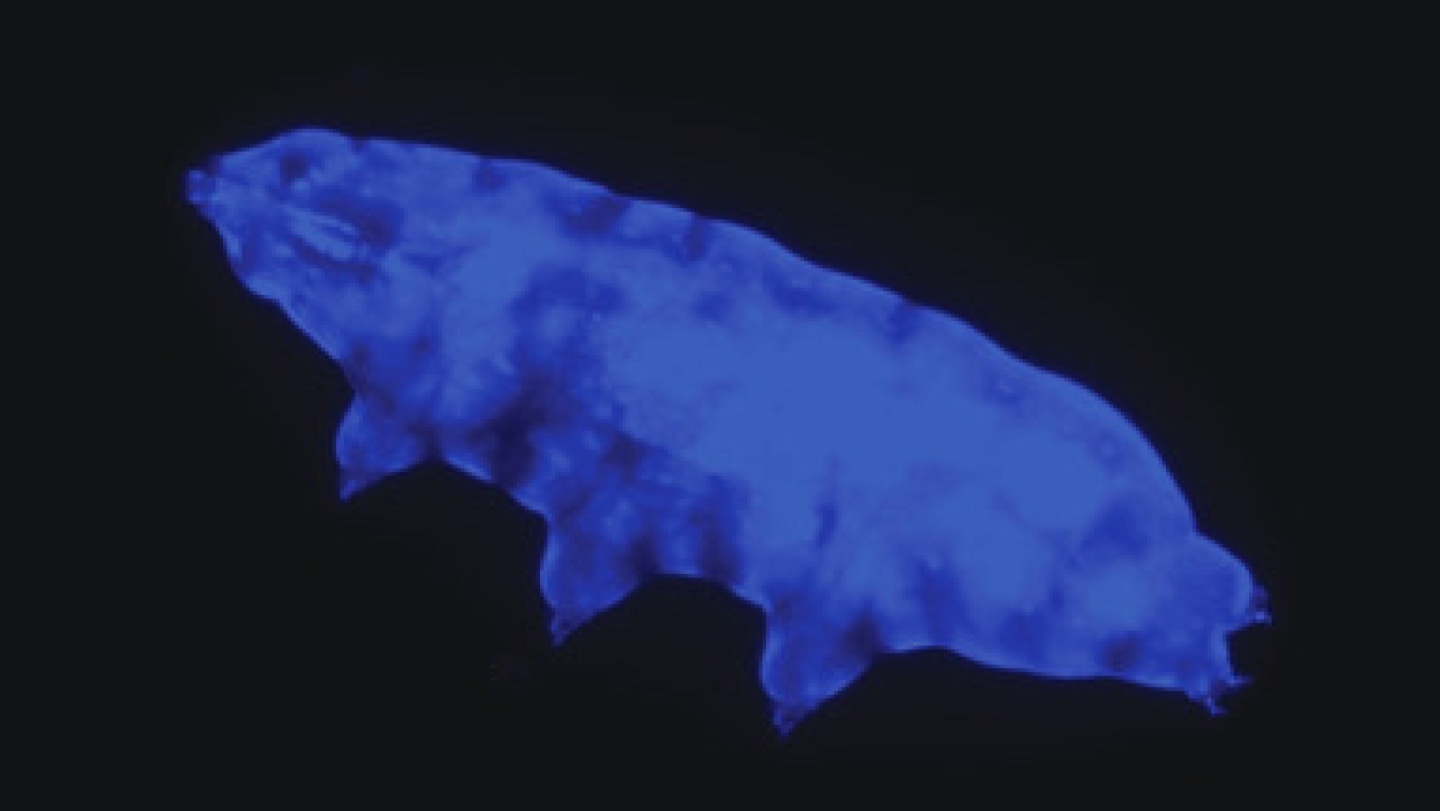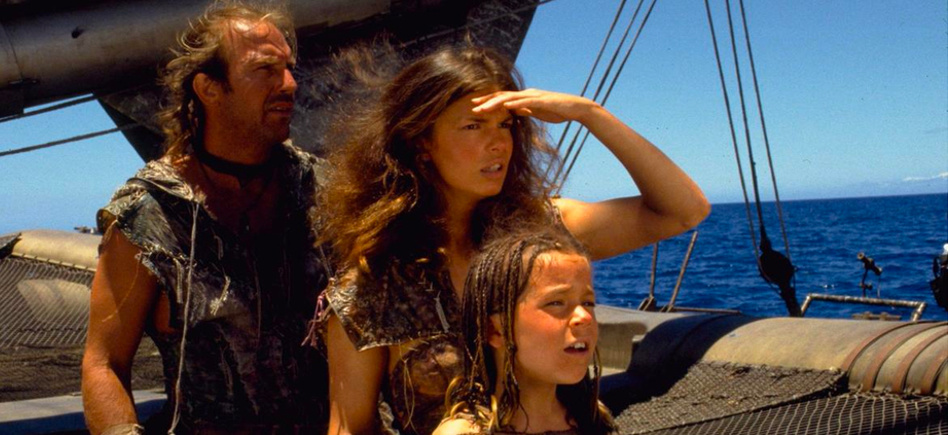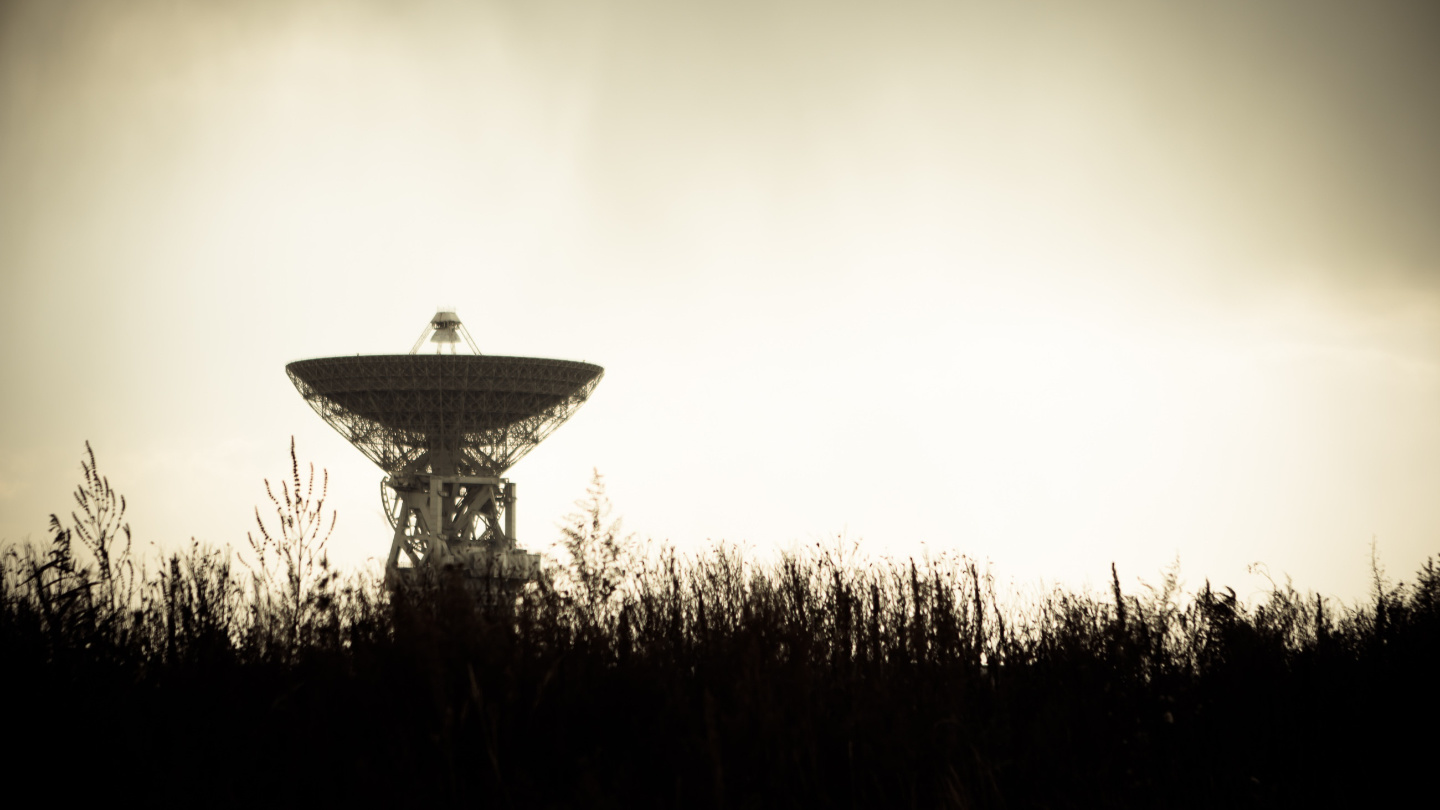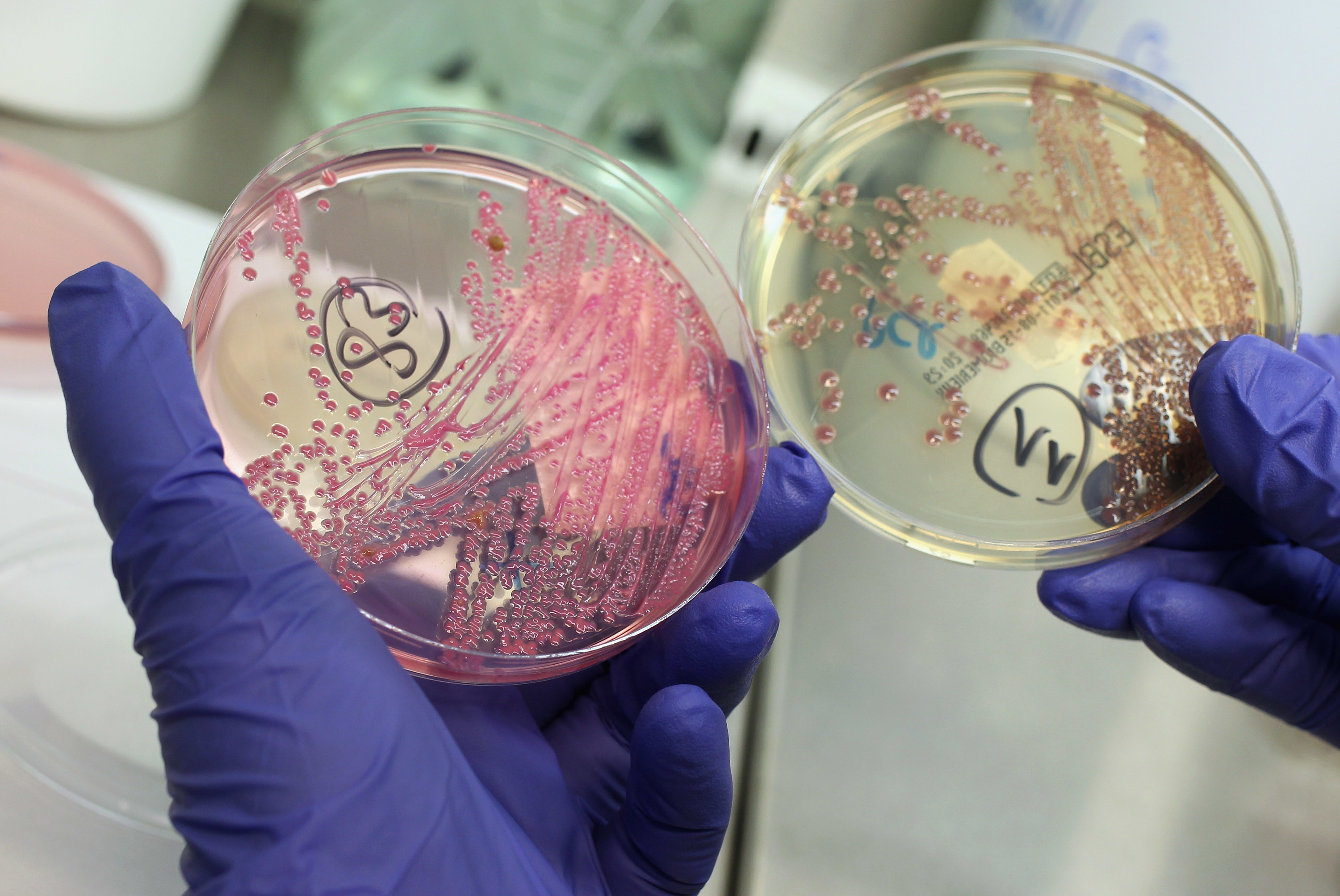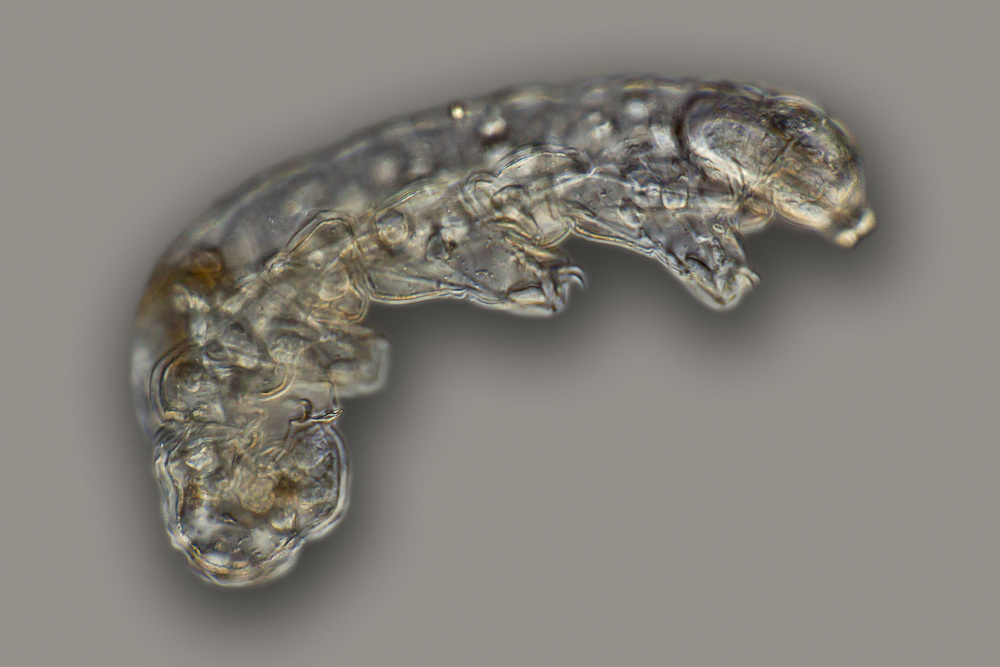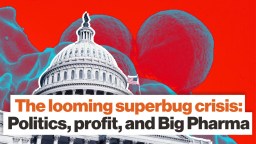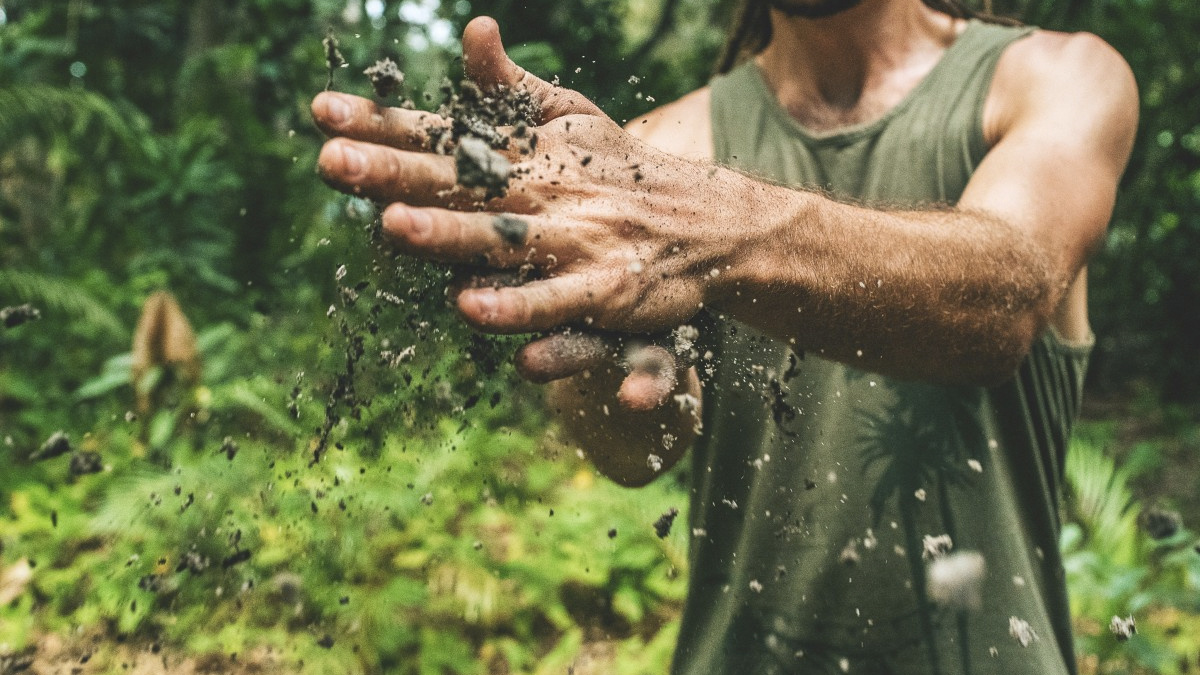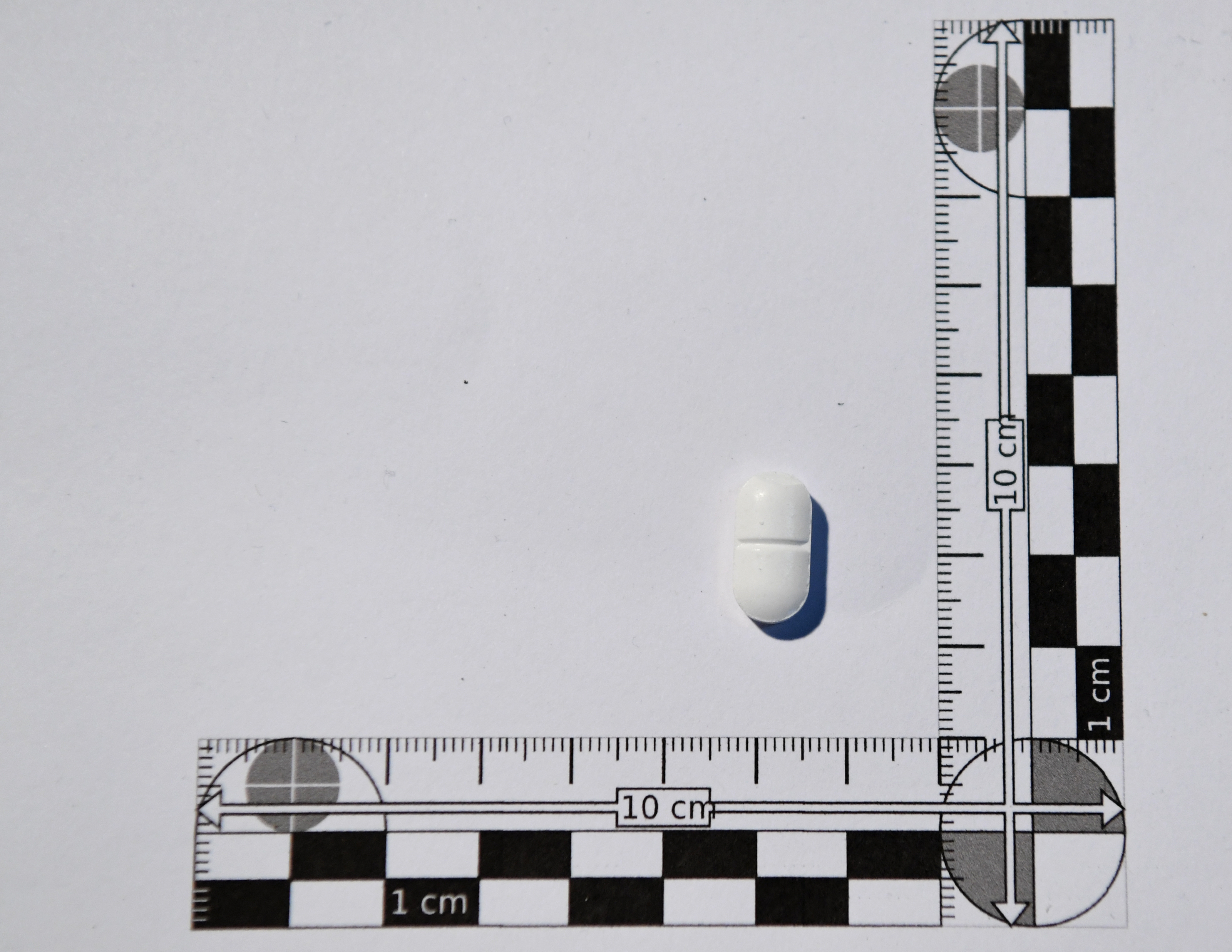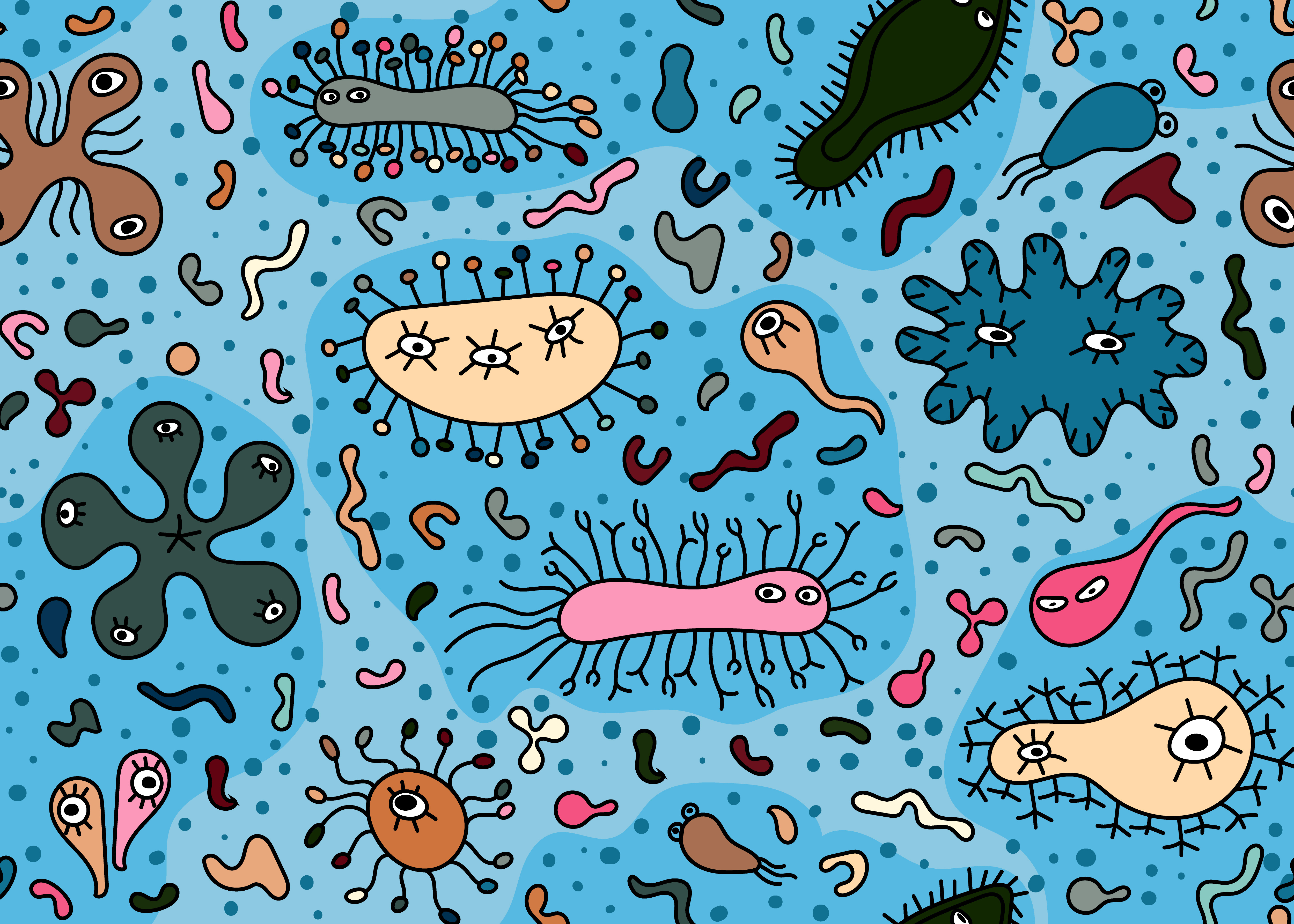microbes
For the first time, it was discovered that nonphotosynthetic bacteria have a circadian clock.
A new study finds that dogs fed fresh human-grade food don’t need to eat—or do their business—as much.
How do these little beasties detect light anyway?
A new study suggests that maintaining gut health to avoid diabetes may be little simpler than previously believed.
Another amazing tardigrade survival skill is discovered.
The microbes that eventually produced the planet’s oxygen had to breathe something, after all.
The images were published in the New England Journal of Medicine and show how prolific coronavirus can become in a mere four days.
Carbon locked in soils can be emitted by bacteria. Turning up the heat on them releases more carbon.
In one of the ocean’s most lifeless places, scientists discover and resuscitate ancient organisms.
Smart bandages quickly identify antibiotic-resistant bacteria, and normal bacteria, in owies.
Atop certain glaciers are herds of small mossy balls that somehow move together when no one’s looking.
The physical action of handwashing plus the properties of soap is a one-two punch for the virus.
▸
1 min
—
with
Dr. Kate Biberdorf explains why boiling water makes it safer and how water molecules are unusual and cool.
▸
3 min
—
with
The Hollywood blockbuster may have been right, if only 3.2 billion years off the mark.
A microbial organism pulls electricity from water in the air.
The origin and phylogeny of the Yaravirus are not yet clear.
A new hypothesis suggests that you can “catch” noncommunicable diseases from other people via the microbiome.
A Mars Space Flight team member warns that people need to be prepared for what’s coming.
The German island of Riems is home to some of the most dangerous virology research on the planet.
Antibiotic resistance poses one of the biggest threats to global public health.
Some scientists think there may be a hidden, second form of life living right under our noses.
The FDA calls out creators of genetically tweaked hornless bulls.
Tardigrades – commonly called “water bears” – were among the payload of an Israeli lunar lander that crashed into the moon in April.
The premier hospitals tend to have the most superbugs — they also have the best experts.
▸
2 min
—
with
Two Apollo 11 astronauts question NASA’s planetary safety procedures.
Here’s how we stop a health crisis before it wreaks havoc on us.
▸
15 min
—
with
Can dirt help us fight off stress? Groundbreaking new research shows how.
Extensive research at Yale signals the future of personalized medicine
Cornell University researchers propose using biology to transform the storage of sustainable energy.
A new study has identified 12 times as many viral populations as previous research.
